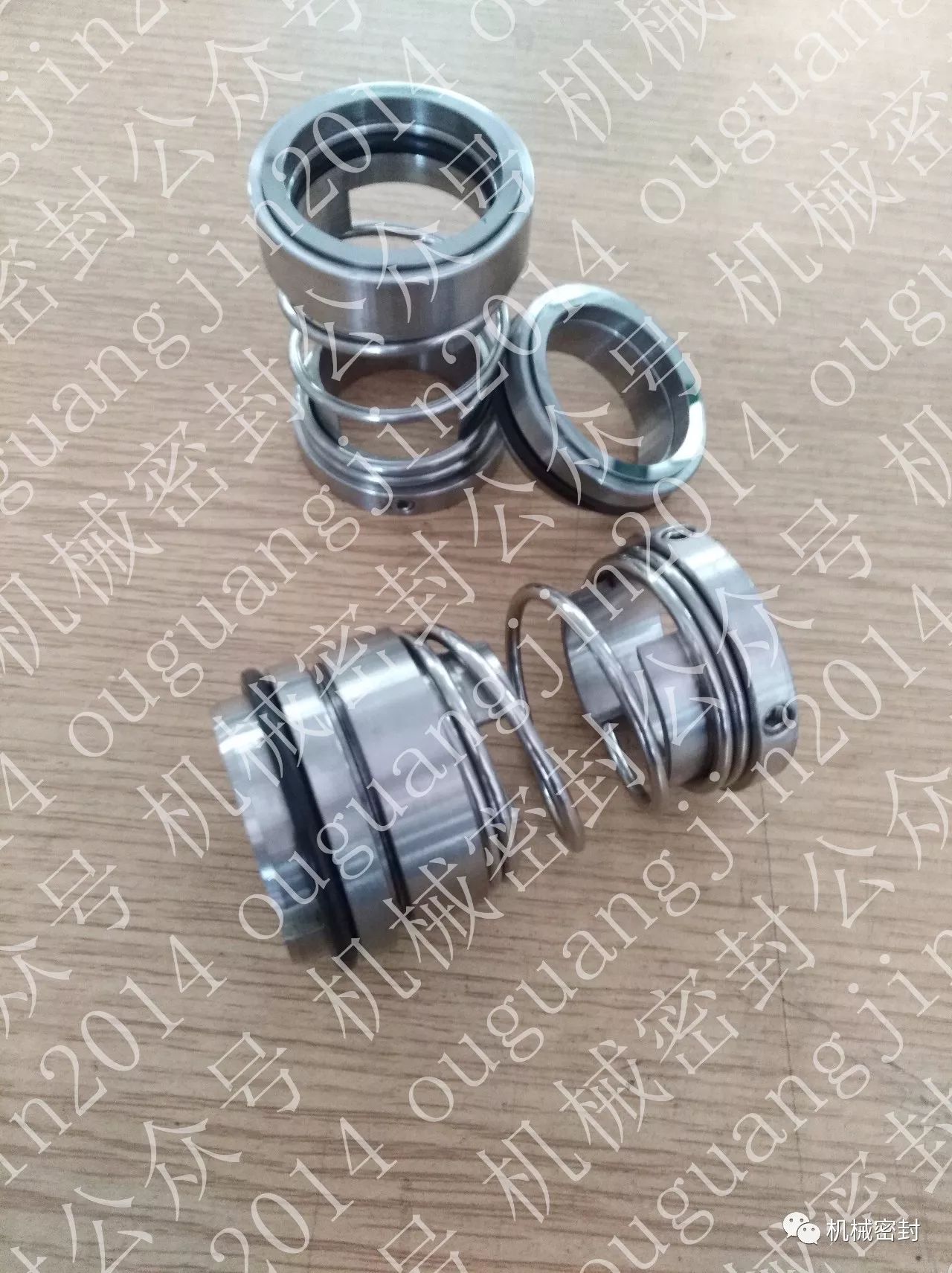The mechanical seal design procedure is as follows:
1. Conduct thorough investigation and research. Specific design conditions of Dide. The specific contents include: the type of the working host, the parts to be sealed, the operating conditions, etc., namely, the medium pressure, the medium temperature, the shaft speed, and the steering direction; Name, composition and nature of the sealed medium Including density, temperature, concentration, saturated vapor pressure, pH value, corrosivity, suspended particles, etc., and easy to agglomerate or polymerize; The operating condition of the working host, whether it is running continuously or intermittently, and the maintenance cycle; Shaft vibration and deflection; Allowable limit value of leakage exposure; The structure of the sealing part, including the outer diameter of the shaft (or shaft sleeve), the structure of the sealing chamber, the inner diameter and depth of the sealing chamber. Assembly dimension of sealing face and roughness of each surface; Sealing auxiliary system, including whether there is cooling water jacket in the sealing chamber, the temperature of cooling water, whether there are conditions for flushing and cooling measures, whether there is filtering device, etc.
2. Determine the basic structure of the seal. It is mainly determined that the seal is adopted Single end or double end (multi end), balanced or unbalanced, built-in (built-in) or external (external), rotary or static, single spring or multi spring, etc.
3. Identify materials. Determine the materials of the friction pair, auxiliary seal ring, elastic element and other parts of the seal face.
4. Seal face design. Mainly determine the width and height of the seal face and calculate the load factor.
5. Compensation ring and non compensation ring design. Including shape, size Support method, transmission and anti rotation mechanism, strength design, stiffness design, etc.
6. Auxiliary seal design. Design the shape, size, compression, sealing, floating, etc.
7. Elastic element design. Determine the size of elastic force, the number of elastic elements, and the application method of elastic force.
8. Design of sealing and conveying system. Determine the process, components and operating conditions of the auxiliary sealing system.
9. The main working parameters are calculated. The spring specific pressure, load factor, end face specific pressure and performance parameters are mainly calculated.
10. Standardization and process review. Standardized review of parts, structures, materials, tests, etc; Review the processing technology of parts.
11. Conduct type test. Formulate specific test scheme, conduct test and assess according to test specifications.
12. Prepare parts list. The user manual shall be used to improve the design technical conditions. After the product type test is successful and finalized, the parts list and user manual shall be prepared, and the design technical documents shall be improved and filed.
In the calculation of mechanical seal. The main contents include mechanical parameters, performance parameters of mechanical seal and design calculation of components of mechanical seal.







